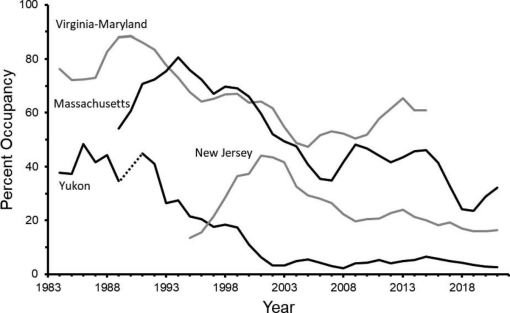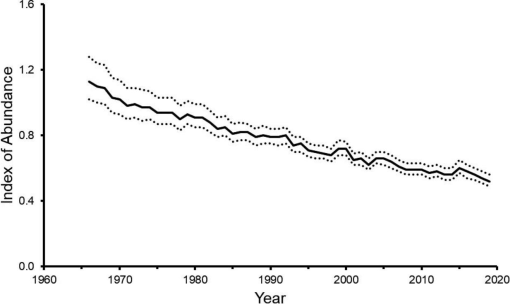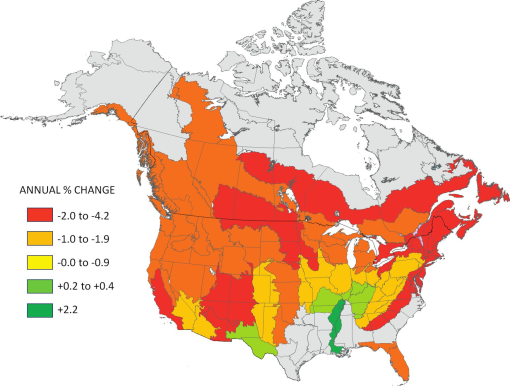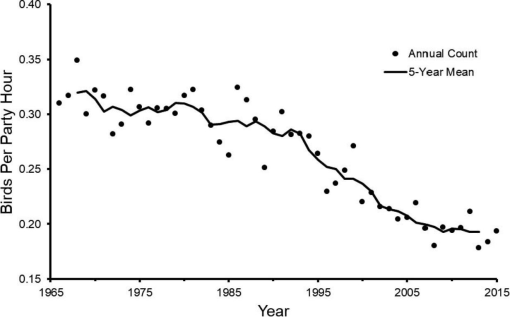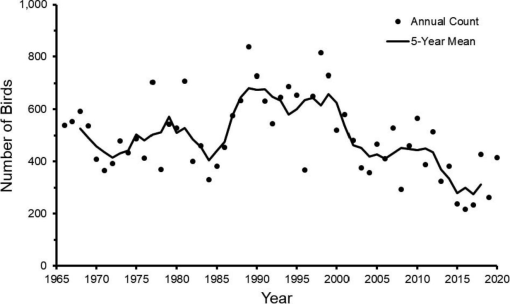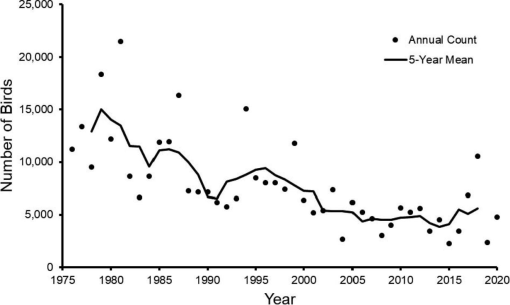How to translate text using browser tools
24 April 2023
Evidence of Continuing Downward Trends in American Kestrel Populations and Recommendations for Research into Causal Factors
David M. Bird,
John A. Smallwood
Journal of Raptor Research
Vol. 57 • No. 2
June 2023
Vol. 57 • No. 2
June 2023
American kestrel
Arthropods
climate change
Falco sparverius
neonicotinoids
population decline
Research recommendations

